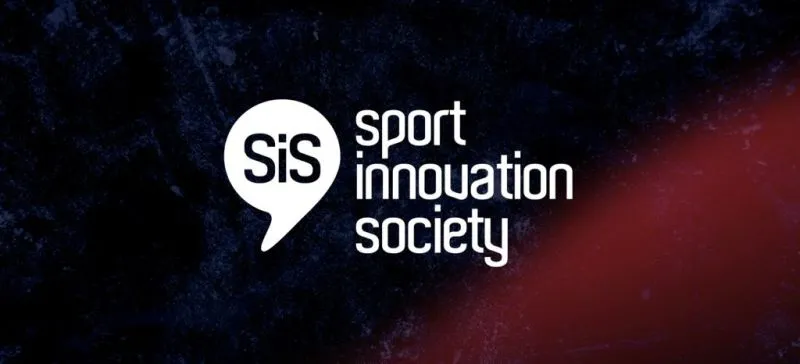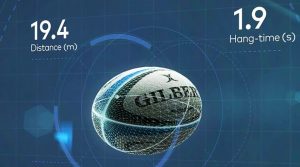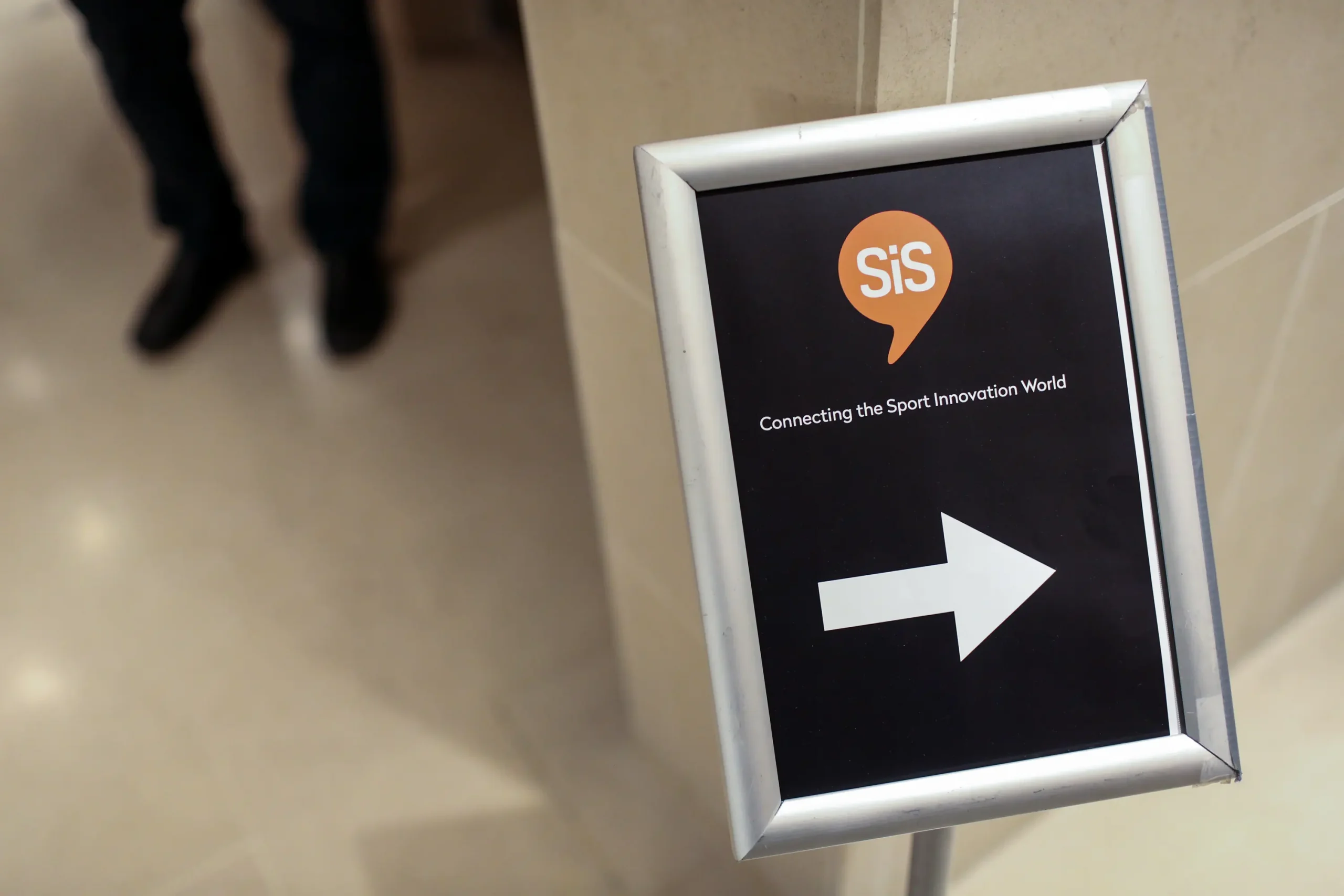📕 That is why a humanistic approach to innovation is key to achieving creative potential. Taking this into account, the concept “The six “I”s of innovation invented by Natalie Turner and popularized in her book “ Yes, You Can Innovate” helps to understand the journey of human ideas.
🔎 It is essential to mention that each of the six “I”s need different skills, capabilities and supporting processes that an organization must leverage to innovate consistently and effectively. And that in the center of this collaboration, the organization must be clear about its purpose. Let´s have a look at the six “I”s:
Identifiers: Identifiers perceive themselves to be good at visualizing and imagining the future. They can understand trends and think about what they might mean to open up new possibilities for doing things differently. They can have many different interests and a huge appetite for learning.
Triggers: Triggers see themselves as idea generators and are usually the first to develop new ideas. They are constantly on the lookout for new knowledge outside of their usual areas of interest and like to challenge the thinking of others as well as their own.
Researchers: Researchers perceive their strengths as the ability to systematically research, analyze and evaluate ideas. They also know how to ensure ideas are helpful, not just new. These skills are crucial, especially when it comes to open innovation.
Investors: Investors recognize that their strengths are knowing how to evaluate and approve detailed business plans, making pragmatic decisions under challenging conditions, and judging where and when to allocate resources. Investors are often adept at influencing other organizations and individuals to create partnerships.
Performers: Performers perceive their strengths as their ability to plan, organize and get things done. They also have strengths in risk management. This is the hard work of innovation since it is about executing a plan and making things happen.
Improvers: Improvers perceive their strengths as being able to generate many ways to improve an idea and seek out opportunities to improve ideas with various people, customers, or stakeholders.
💡 At Sport Innovation Society, we know that good insights and ideas can come from anyone in an organisation and also outside. To improve innovation, adopting a people-centric approach is key, as respecting the current culture, offering a vision of where it needs to evolve and ensuring that all innovation profiles are part of our process.

Innovative cameras enhancing the fan journey in the Coppa Italia Final
More than 38 pitch-side and stand cameras were used to film this week’s Coppa Italia final between Fiorentina and Inter



